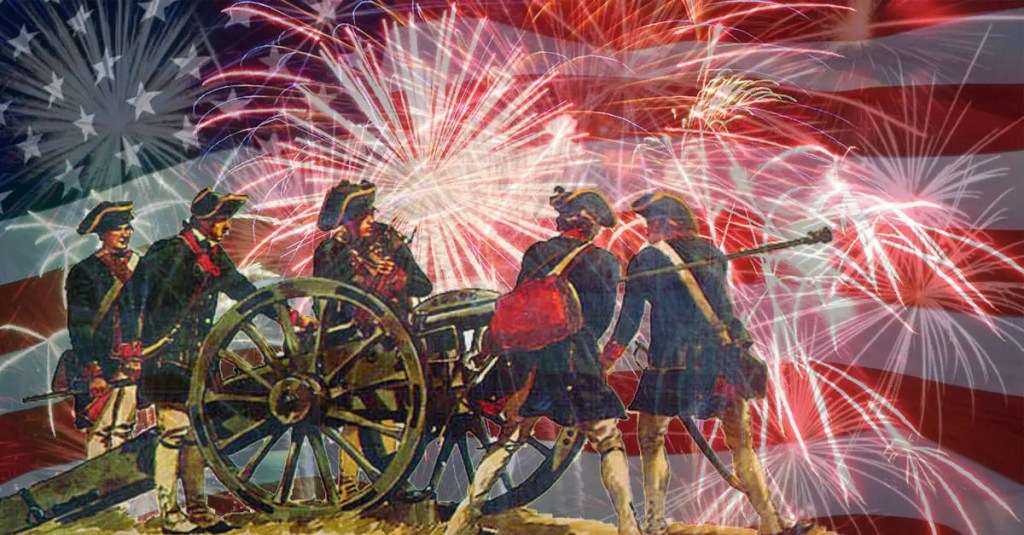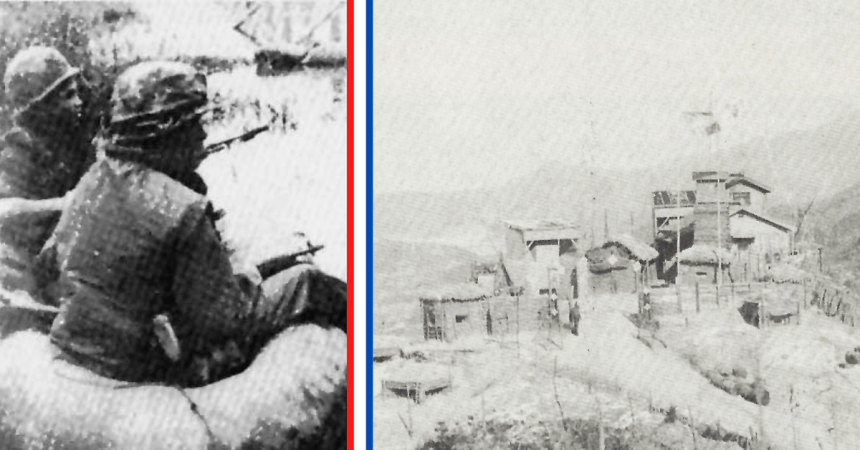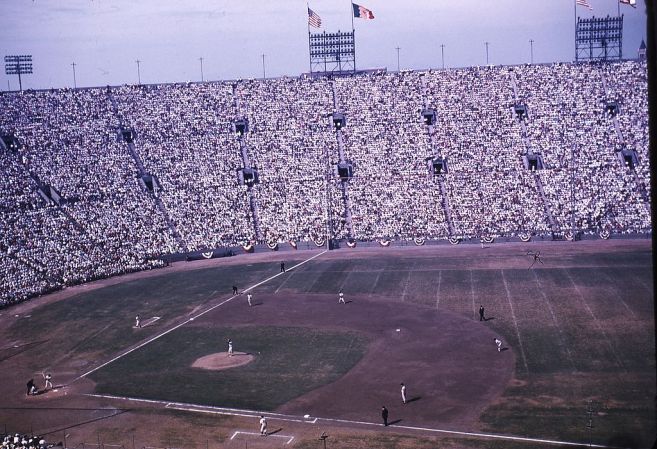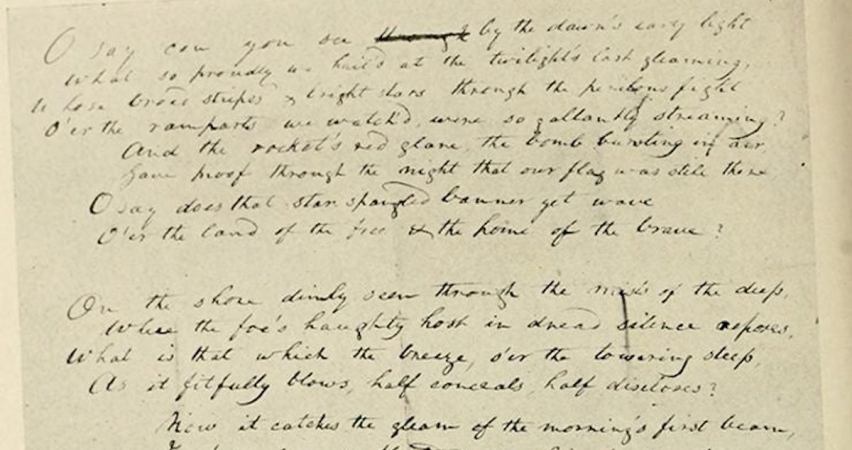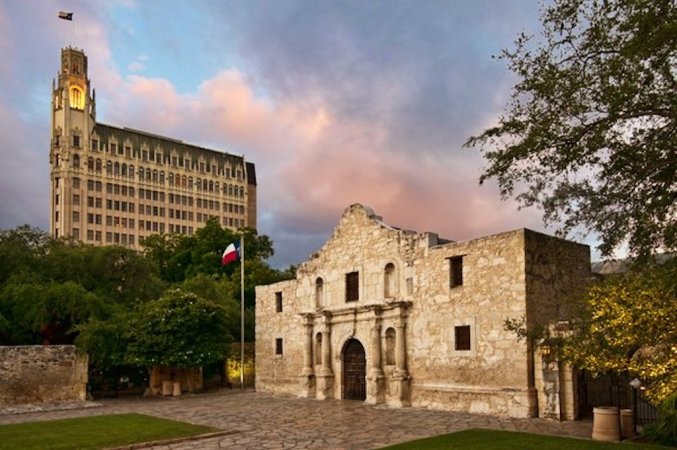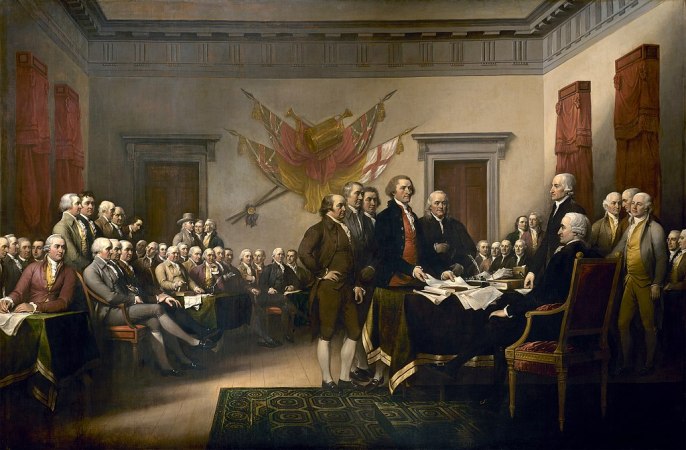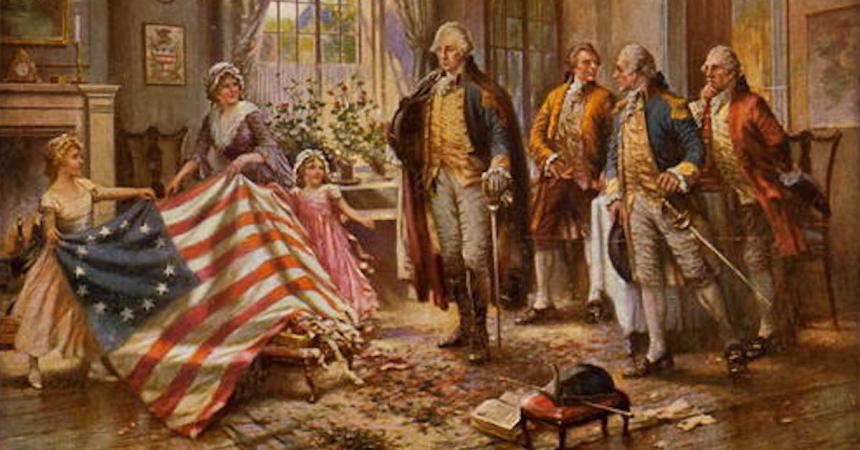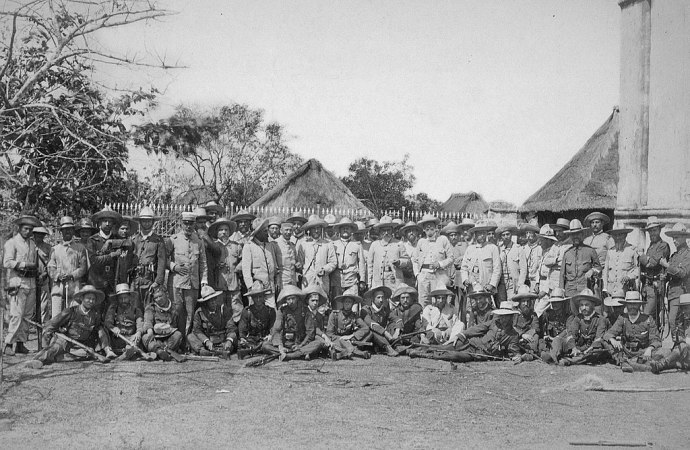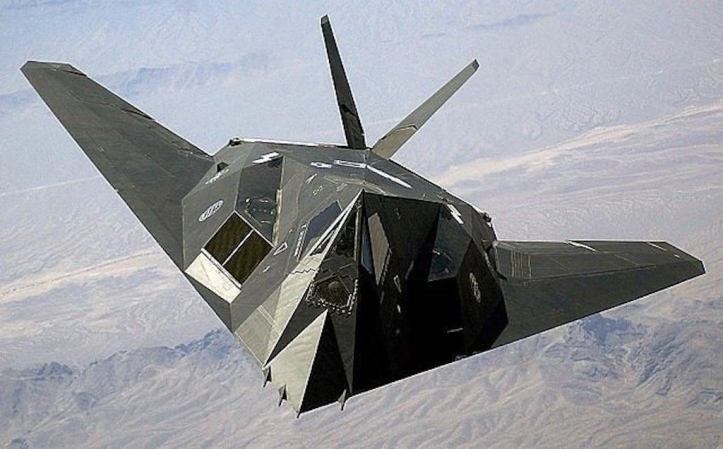The “Star-Spangled Banner” is American lyrics laid on top of a British song to make one glorious national anthem. It details the endurance of American troops against a British naval bombardment at the Battle of Fort McHenry in 1814.
But while Americans singing the song at baseball games know that the U.S. came out victorious, Francis Scott Key and other witnesses of the battle had little to be optimistic about. The British brought more ships to the fight than the Americans had cannons on the fort.

In Sep. 1814, America was reeling from the sacking and burning of Washington D.C. The first lady, Dolly Madison, had made it out of the city with crucial documents and a portrait of George Washington, but the presidential mansion and much of the capital was destroyed. The victorious British military made its way up the coast, this time targeting the important port at Baltimore.
The British planned a two-pronged assault on the city. The army would march overland to attack the city on foot while the navy was to destroy Fort McHenry and follow the river to the city. There, it would bombard the city and assist in its capture.
The ground attack seemed doomed from the start. About 12,000 American troops, many more than the British had expected, were guarding the city. So the British troops sat back and waited as dozens of British ships, including five of Britain’s eight bomb ketches, moved forward to bombard the fort that only had 19 guns with which to defend itself.
Luckily for the Americans, shallow waters around the fort kept some of the ships away. Unluckily for them, 16 ships were able to get within range of the fort while staying outside the range of the American guns.
Starting early on Sep. 13, the British fired on McHenry with rocket ships and bomb ketches. Bomb ketches were ships with a mortar or howitzer built into the deck. The gun could not be turned, so the ships were pointed at the fort and kept in place with spring-loaded anchor lines. The “bombs bursting in air,” came from these devastating ships.
Meanwhile, ships firing Congreve rockets sailed into range as well. The rockets were made in a variety of sizes. The ones that lit the night at Fort McHenry were mostly 32-pound rockets that carried seven pounds of explosives. They could explode in the air but were designed to be incendiary weapons, setting fires within forts and enemy ships.

One moment was more dangerous than any other for the defenders; a bomb fired from one of the ketches landed in the fort’s gunpowder supply. It failed to go off and the troops were able to split the gunpowder into smaller stores around the tiny island.
At another point, British Rear Adm. George Cockburn thought the fort had been badly damaged and moved the ships closer for better accuracy. American artillerymen rushed through the incoming shells and began firing when the British came within range, driving them back.
The intense naval attack lasted for 25 hours.
Key watched the battle play out from a small American sloop behind the British force. He had been rowed into the harbor to negotiate the release of a friend held prisoner by the British. He and his friend were both allowed to leave the British prisoner ship as long as they did not return to shore until after the British bombardment.
The men weren’t allowed to row ashore because the British suspected they had heard the British plans to destroy the city. Key had and knew that a collapse of Fort McHenry spelled certain doom for Baltimore. Throughout the night, he watched the fort’s small storm flag wave through the wind and rain as rockets and bombs rained on the defenders below.
In the morning, he looked to the flagpole at first light to see if the fort had survived. If British colors were flying, Baltimore would be destroyed and America would lose a second major city in less than a month.

The flag had changed overnight, but not to the Union Jack. A storm that raged throughout the battle had forced the fort to fly its smaller American flag. Since the morning dawned clear, the garrison changed to its normal flag, a 42-foot by 30-foot beast.
Key saw the garrison flag filling the morning sky and wrote the lyrics to the future national anthem in a fit of inspiration. Contrary to popular belief, the amateur poet wrote them as lyrics from the start, not as a poem. He was familiar with the popular song, “To Anacreon In Heaven” and wrote the lyrics to match up with it.
Meanwhile, the British troops ashore saw the American flag flying and knew that the naval assault had failed. They withdrew and left Baltimore in relative safety.
The “Star-Spangled Banner” would be published in newspapers up and down the coast over the following few days under a variety of names, usually “The Defense of Fort McHenry.” One publication called it, “The Star-Spangled Banner” and the name stuck.


